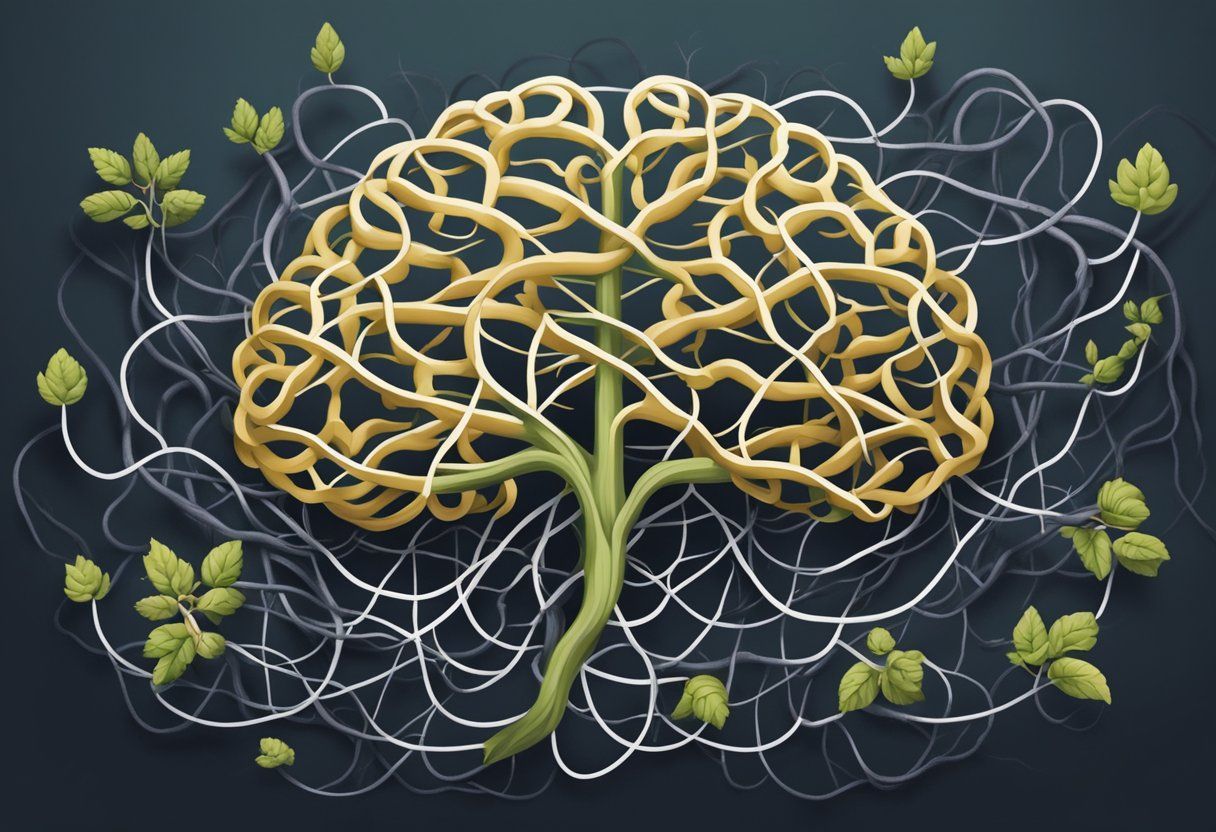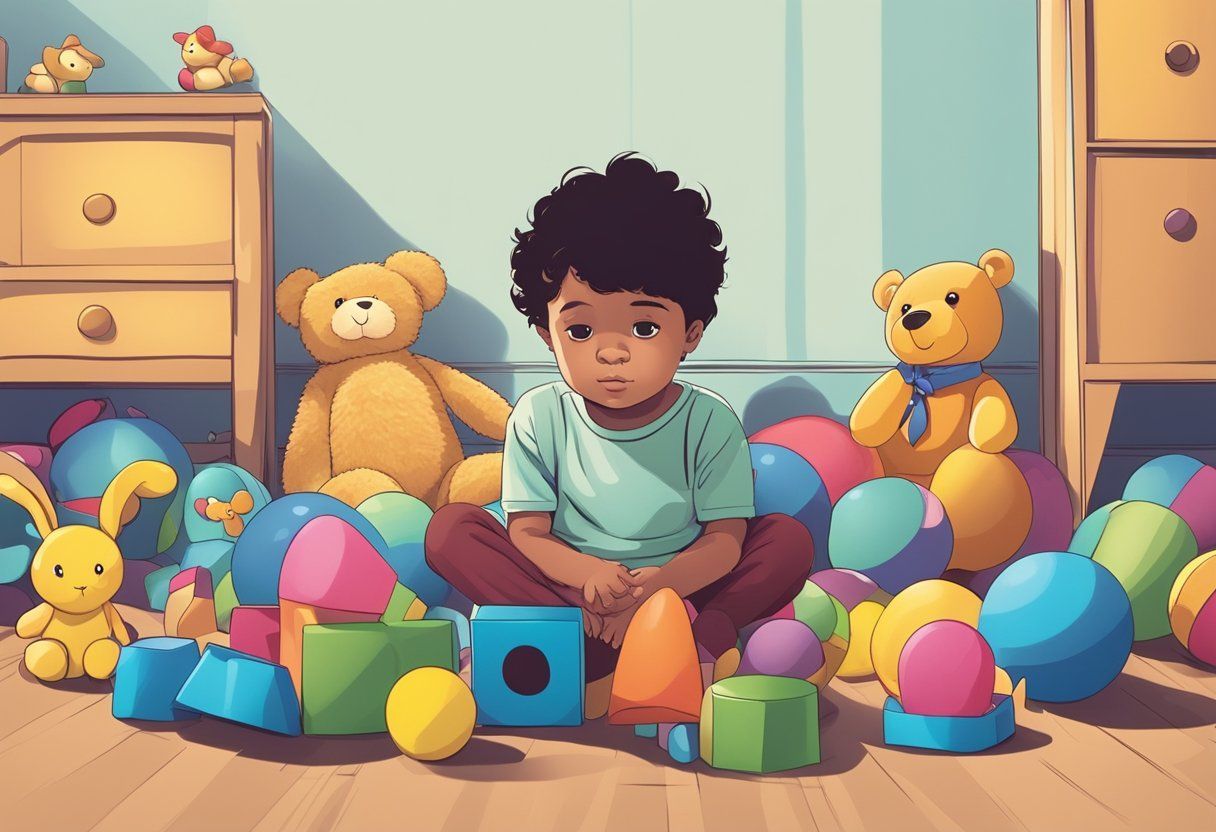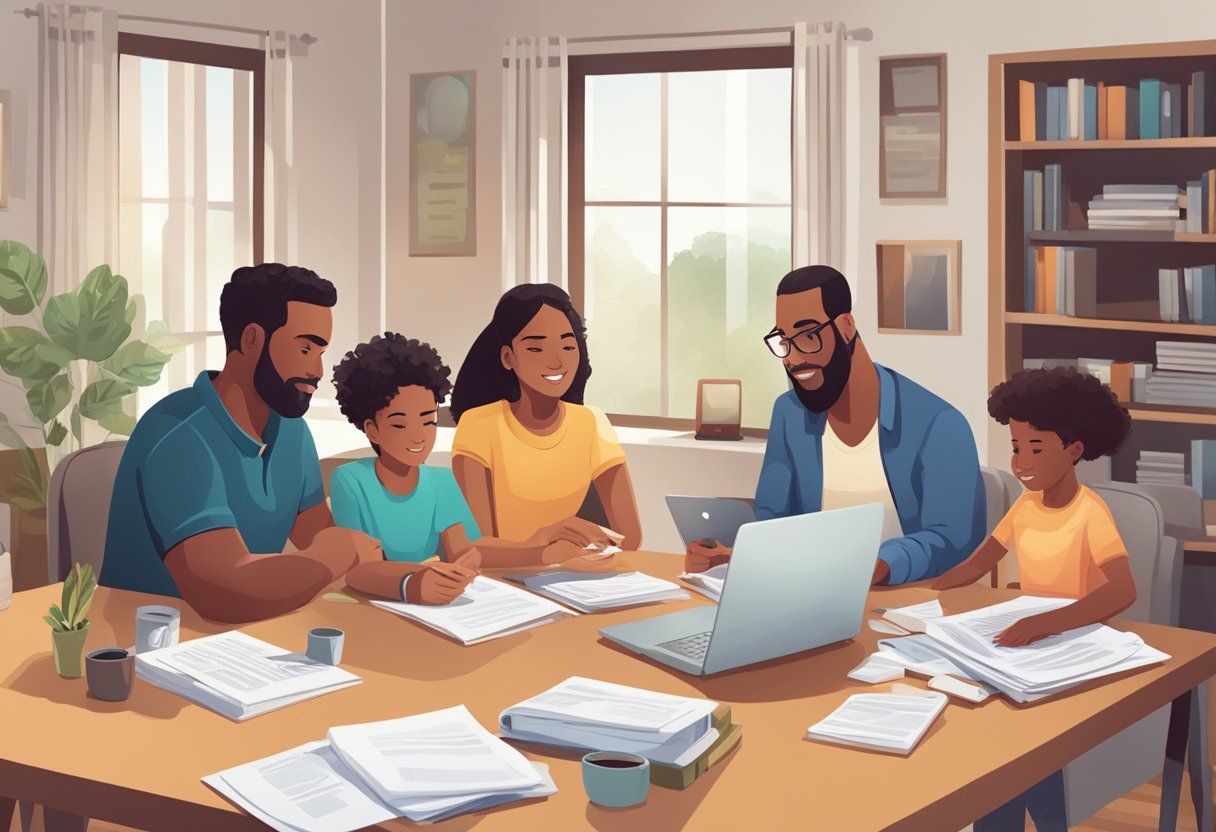BLOG
Categories
Who Truly Benefits from the Adoption Assistance Program (AAP)? Let’s Break It Down
A Closer Look at AAP—Through the Lens of Healing and Support
The Adoption Assistance Program isn’t just about financial support—it’s about creating pathways to healing. It’s designed to remove some of the practical barriers that can get in the way of children finding permanent, loving homes. But let’s be clear: this isn’t a handout. It’s a hand-up—for families who are opening their hearts to children who’ve come from hard places.
Why AAP Matters
Every child deserves the chance to feel safe, to be seen, and to belong. For many children in foster care, trauma, loss, and disrupted attachments are part of their journey. That’s real. The AAP steps in to offer not just financial support, but medical coverage too—because healing takes time, and it takes resources.
And sometimes, families need more than just traditional support—they need a team, a village. That’s where Wraparound Services come in. These services create a coordinated plan of care tailored specifically to the needs of the child and the family. It’s about bringing everyone to the table—therapists, teachers, caseworkers, mentors—so the family doesn’t have to carry the weight alone. AAP, when partnered with wraparound approaches, becomes a powerful framework for sustainable, long-term healing.
This program exists to support adoptive parents in doing the most important work there is—parenting with love, patience, and understanding, even when the road is rough. Especially then.
Who Qualifies?
AAP typically focuses on children who’ve been labeled “special needs,” but let’s unpack that a bit. We’re not just talking about medical diagnoses. Special needs can include kids who are older, part of a sibling group, or from racial or ethnic backgrounds that have historically made placement more difficult. These are children who’ve experienced layers of stress and trauma, and they need homes that can meet them where they are.
This isn’t about what's “wrong” with the child—it’s about recognizing the impact of their experiences and making sure families have the support to respond with love rather than fear.
The Role of Agencies—Public and Private
Public child welfare agencies, usually operated by the state, are the primary decision-makers when it comes to AAP eligibility. They assess the child’s history and needs—emotional, physical, developmental—and determine the support required. They’re also responsible for distributing the actual benefits.
Private agencies? They’re often the bridge. They help match families with children, walk alongside adoptive parents, and support them through the paperwork and processes. They may not control the funding, but they play a vital role in ensuring the connection between family and child is rooted in understanding.
Who’s Eligible for Adoption Assistance? Let’s Look Beyond the Paperwork
Understanding What It Really Means to Qualify for AAP
When we talk about eligibility for the Adoption Assistance Program (AAP), we’re not just checking off boxes. We’re talking about real children—children who’ve faced uncertainty, trauma, and disruption. And we’re talking about families who are saying yes to the hard work of love, healing, and commitment. The guidelines matter, yes. But what’s more important is why they exist: to make sure no family ever has to say “no” to a child simply because the support wasn’t there.
What Does “Special Needs” Really Mean?
In the AAP world, “special needs” isn’t a label—it’s a lens. It’s a way of acknowledging the extra layers a child might carry. Maybe it’s a medical diagnosis, or a developmental delay. Maybe it’s being part of a sibling group, or an older child who’s been in foster care for years. These aren’t shortcomings. These are signals that a child has walked a tougher road—and that they’ll need extra support to truly settle into a forever home.
In tribal customary adoptions, we honor the cultural roots of Native children, recognizing that “special needs” must be defined through the lens of their community and traditions. And for kids who are part of the juvenile court system, maintaining eligibility means making sure their support doesn’t end just because their paperwork status changes.
Every Story is Unique—So is Eligibility
Not all adoptions look the same. Some children come from foster care, others from kinship placements. Some are being adopted as nonminor dependents—older teens who still need connection and support, even if they’re close to adulthood. The type of adoption, the child’s age, the prior relationship to the family—all of these influence eligibility for federal or state AAP support.
And we can’t forget: the kind of placement a child is coming from—whether foster care or otherwise—can also open or close doors to benefits. This isn’t just policy. This is about whether we set families up to thrive.
Let’s Talk About Money—Because That Matters Too
Now, income. It’s a tricky subject. Here’s what you need to know: income might affect the amount of support you receive, but it doesn’t usually determine whether you’re eligible in the first place. The system isn’t trying to punish families for what they have or don’t have—it’s trying to make sure the child’s needs are met without putting that weight entirely on your shoulders.
And foster care maintenance payments? They often help determine what kind of support you’ll receive through AAP. The goal here is sustainability. We want this to be a journey you can walk with confidence, not fear.
Bottom Line: It’s Not Just About Checking Boxes
Behind every eligibility guideline is a child—and a family stepping into a sacred responsibility. Understanding the criteria is important, but don’t lose sight of the heart behind it. This is about building safe, loving homes where healing is possible. The AAP is one piece of that puzzle. And together, we can put the whole picture together.
How the Adoption Assistance Process Unfolds: A Journey, Not Just a Checklist
From Evaluation to Agreement—What Every Family Needs to Know
When you step into the world of adoption, especially adopting a child who’s experienced trauma, you’re not just signing papers—you’re stepping into a sacred role. The Adoption Assistance Program (AAP) is designed to walk alongside you, to help ensure you have the resources to create a healing, loving home. But like any journey, there are steps. Let’s take a look
1. Home Study & Criminal Background Check—Creating a Safe Space for Healing
Before anything else, there’s the home study. Now, don’t let that term scare you. It’s not about perfection—it’s about protection. A social worker will visit your home and spend time getting to know you. They’re looking to see if this is a place where a child can feel safe, supported, and loved. That’s it.
They’ll explore your family dynamic, talk about your parenting philosophy, and make sure your environment is steady and nurturing.
A criminal background check also takes place—not because they expect you to be perfect, but because safety must be the foundation. They need to be sure your home is free from any history that might put a child at risk. It’s a vital step, and one rooted in love and protection.
2. The Adoption Assistance Agreement—A Conversation, Not a Confrontation
Once a child is matched with your family, the next step is negotiating the Adoption Assistance Agreement. This isn’t just about dollars and cents—it’s about understanding what your child needs and making sure you have the tools to meet those needs.
This is where you sit down with your social worker and talk. You talk about the child’s medical needs, therapy, education, and even everyday living costs. Medicaid may be included, and additional resources can be woven into the agreement.
It’s important here to remember: you’re not asking for help because you can’t do the work—you’re asking because you’re willing to do the real work, and you want to do it well.
3. After Placement—The Journey Continues
Once your child is placed in your home, the process doesn’t end—it evolves.
One of the first legal steps involves the termination of the biological parents’ rights, either through court order or voluntary relinquishment. That has to be in place before the adoption is finalized.
From there, your case plan gets updated. It now includes everything from post-placement support to how the AAP benefits will be implemented. Your social worker continues walking with you—not to supervise, but to support.
Here’s the Heart of It
This process isn’t just about paperwork. It’s about protecting a child’s future and ensuring that you—as the adoptive parent—are surrounded with the tools, resources, and support you need to offer unconditional love and healing. You’re not alone in this. The process is there to make sure that your “yes” to this child is grounded in strength, not stress.
What You Can Count On: Benefits and Services Through AAP

Because Love Alone Shouldn’t Be Stopped by Finances
When you say yes to adopting a child, especially one who’s been through the storm of trauma and loss, you’re stepping into a calling that’s both beautiful and brave. And the Adoption Assistance Program (AAP) exists to meet you there—not to do the work for you, but to make sure you’re not doing it alone. These benefits aren’t about charity—they’re about equipping you for the journey of love, healing, and transformation.
Monthly Financial Support: Help Where It Matters Most
Let’s be real—raising any child costs money. Raising a child who comes with special needs, medical concerns, or emotional wounds? That requires more. AAP offers monthly financial assistance to help offset those costs. This isn’t about “getting paid to parent.” It’s about helping families say yes when their heart already has—without letting fear of finances get in the way.
The monthly subsidy is tailored to your child’s specific needs. And depending on your situation, federal programs like SSI or AFDC-FC can also step in to provide extra support.
Medical and Mental Health Services: Healing Takes a Village
So many of our children need more than a bandage and a hug. They need therapy. They need medication. They need consistent, compassionate medical care. AAP makes sure they’re covered under Medi-Cal so you don’t have to worry when it’s time for a doctor visit, a therapist appointment, or specialized treatment.
This coverage isn’t just about keeping your child healthy—it’s about making sure their healing journey is supported from every angle, without you having to shoulder the cost alone.
One-Time Adoption Costs: Removing the Roadblocks
Adopting a child shouldn’t come with surprise bills that knock the wind out of you. Court fees, attorney expenses, travel costs—these are just part of the process. AAP steps in to help cover these nonrecurring expenses, so you can focus on the connection you're building, not the paperwork you’re filing.
This kind of practical support makes adoption more accessible—and more sustainable—for everyday families who are ready to say yes.
Bottom Line: AAP Is Here to Support Your Yes
This program is about lifting the weight, so you can lift the child. Every form of support—financial, medical, emotional—is designed to empower you to do what you were called to do: parent with love, consistency, and courage. AAP is part of the scaffolding that allows love to grow stronger, even in the midst of pain and past trauma.
And that’s what this work is all about—building a future where love leads and fear doesn’t have the final say.
The Legal Backbone of AAP: Understanding the Rules So You Can Focus on Love

What You Need to Know About the Laws That Support Your Adoption Journey
When you’re navigating the Adoption Assistance Program (AAP), it can feel like you’re reading a different language—one filled with acronyms, clauses, and checklists. But underneath it all is something much simpler: a commitment to make sure families who say yes to children from hard places aren’t left hanging.
Let’s unpack the legal side of AAP—not to overwhelm you, but to empower you. Because when you understand the rules, you can move forward with confidence. And confident parents make regulated kids.
State and Federal Guidelines—Working Together for Your Child
Every state runs AAP a little differently. That’s because while the federal government sets the minimum standards, it’s up to each state to flesh out the details based on what their kids and families need most.
If your child came from foster care and meets the criteria—whether due to age, medical or emotional needs, or being part of a sibling group—they may qualify for AAP. These criteria are there not to exclude, but to protect. They ensure support goes where it’s most needed.
Many states also provide expanded benefits—like continued Medi-Cal coverage—because they know healing doesn’t stop at the signing of adoption papers. The goal is always the same: to make sure your child has a soft place to land and the resources to grow.
Title IV-E: The Federal Fuel That Powers the Program
Now, let’s talk Title IV-E. This is the part of the law that unlocks federal dollars for adoption assistance. It’s not just another government program—it’s the engine that helps keep AAP running consistently from one family to the next.
To qualify under Title IV-E, your child needs to meet three main conditions:
- Be within a certain age range.
- Be classified as having special needs.
- Be eligible for Aid to Families with Dependent Children-Foster Care (AFDC-FC).
If those boxes are checked, federal funds kick in. That means more consistent support across state lines and a safety net that extends beyond foster care, into forever homes.
Why This Matters
This legal framework isn’t about red tape. It’s about making sure the system can stand strong enough to carry the weight of real lives—real kids, real families, real healing.
And here’s the heart of it: Understanding these regulations isn’t about becoming a lawyer. It’s about knowing what’s available so you can advocate effectively for your child—and never feel alone in doing so.
The Adoption Assistance Program is here to help you say
yes to love, even when the journey gets hard. And the law? It’s on your side.

Frequently Asked Questions
What are the eligibility criteria for receiving Adoption Assistance Program benefits?
What are the eligibility criteria for receiving Adoption Assistance Program benefits?
To qualify for AAP, a child typically must be under the age of 18 and have special needs as defined by state guidelines.
Special needs can include factors like age, ethnic background, or specific medical conditions that make permanent placement more challenging.
Are there age requirements for a child to be eligible for the Adoption Assistance Program in California?
In California, children must be under 18 to be eligible for AAP benefits. Special conditions may allow for continued support past age 18, so it's key to check specific state rules.
How can one contact the Adoption Assistance Program for support inquiries?
For support or inquiries, you can often contact state social services or the appropriate adoption agency.
Websites and offices usually offer contact options such as phone numbers or emails for direct communication.
Are Adoption Assistance payments provided on a monthly basis to adoptive parents in California?
Adoption Assistance payments in California are generally made on a monthly basis.
These payments help cover the costs associated with raising a child with special needs, easing financial burdens for adoptive families.
Can Adoption Assistance Program benefits continue beyond the age of 18?
In some cases, AAP benefits can extend past age 18.
This may occur if the child was adopted at an older age or if they continue to attend school or have specific special needs, according to California guidelines.
How does adoption assistance impact eligibility for other government programs like CalFresh?
AAP benefits might impact eligibility for other programs like CalFresh. It's important to review potential overlaps and interactions.
Speak with a caseworker or agency representative for detailed advice tailored to your situation.
RECENT POSTS



Bringing and keeping families together!






